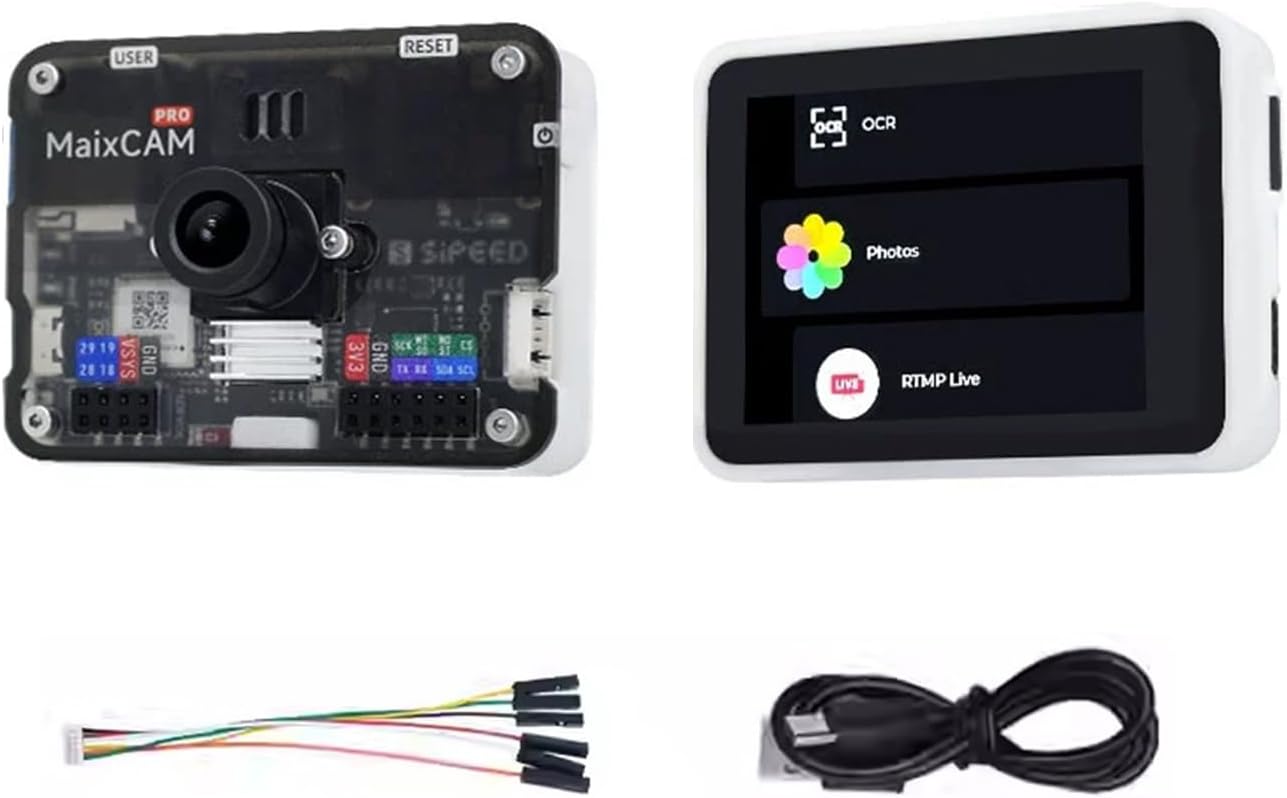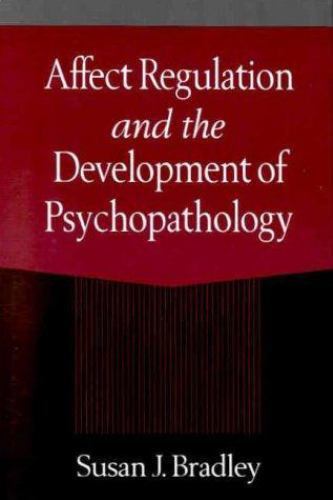Price: $66.80
(as of Dec 27,2024 13:57:17 UTC – Details)

Product Description:
MaixCAM is a hardware product designed for the swift implementation of AI vision, auditory, and AIoT applications, serving as a platform for rapid prototyping verification and quick mass production. MaixCAM-Pro offers a powerful yet cost-effective processor, along with accessories such as a camera, display, WiFi, and a comprehensive, user-friendly software ecosystem.
Key applications :
- AI Algorithm Implementation: Enables AI algorithm engineers to swiftly deploy models onto hardware with user-friendly tools and SDKs.
- STEM Education: Provides an accessible MaixPy SDK and development tools, plus an online model training platform, allowing for focused teaching without software or hardware development distractions.
- University Research and Training: Offers extensive documentation and tutorials suitable for all levels, with RISC-V and AI technologies beneficial for research.
- Prototyping for Makers and Engineers: Features sophisticated hardware, rich peripherals, and extremely user-friendly software to quickly bring creative ideas and products to life.
- Enterprise Product Upgrades and Launches: Facilitates quick product deployment without high R&D costs, or as a tool for tasks like production line QA or adding AI vision to existing devices.
If you have any questions, please click on “youyeetoo” to ask them or send an e-mail to am2#youyeetoo.com (#>>@).
MaixCAM Pro is a hardware product designed for the rapid implementation of AI vision, auditory, and AIoT applications. It serves as a platform for rapid testing of product prototypes and fast mass production.
[WIKI] “wiki.sipeed.com/hardware/en/maixcam/maixcam_pro.html”
[CPU] CPU Main Core: 1GHz RISC-V C906 processor (plus an optional 1GHz ARM A53 core) running Linux; CPU Small Core: 700MHz RISC-V C906 running RTOS; CPU Low Power Core: 25~300MHz 8051 processor for low power consumption applications
[Memory] 256MB DDR3
[NPU] 1TOPS@INT8, supports BF16 models, supports operators for common models such as Mobilenetv2, YOLOv5, YOLOv8
[Camera] Supports up to 5MP camera, officially supports 4MP GC4653 and OS04A10 cameras (4-lane MIPI CSI input, 22-pin interface, dual CSI split supported) [Display] High-resolution 2.4-inch IPS capacitive touch screen, 640×480 resolution (2-lane MIPI DSI output, 31-pin standard interface, 6-pin capacitive touch screen)
[Communication] WiFi6,USB2.0,IIC,UART,SPI.(customizable Ethernet version)
If you have any questions, please click on “youyeetoo” to ask them or send an e-mail to am2#youyeetoo.com (#>>@).
Introducing the youyeetoo Sipeed MaixCAM Pro AI Development Board – the ultimate tool for fast deployment of AI vision and auditory applications!
This powerful development board features a high-quality vision camera, RISC-V 1TOPS NPU, and all the tools you need to bring your AI projects to life. Whether you’re a beginner looking to dive into the world of AI or an experienced developer in need of a reliable solution, the MaixCAM Pro has you covered.
With its standard kit, you’ll have everything you need to get started right out of the box. The board is easy to use and compatible with popular development platforms, making it a versatile option for a wide range of projects.
Don’t wait any longer to start building your AI vision and auditory applications – the youyeetoo Sipeed MaixCAM Pro AI Development Board is here to help you succeed. Get yours today and unlock the potential of AI technology!
#youyeetoo #Sipeed #MaixCAM #Pro #Development #Board #Vision #Camera #RISCV #1TOPS #NPU #Fast #Deployment #Vision #Auditory #Applications #Standard #Kit







